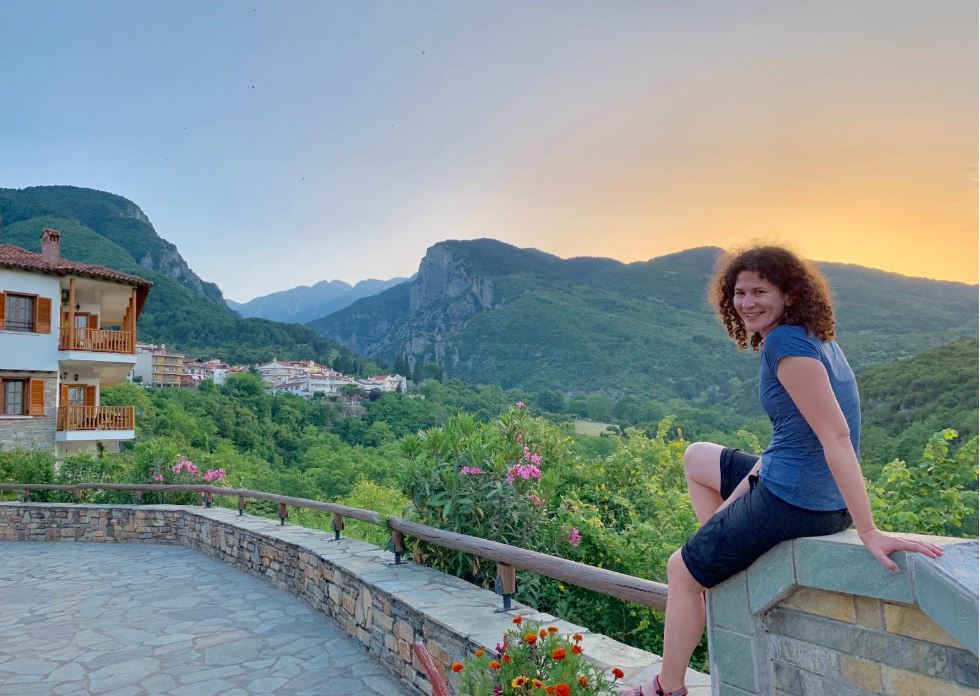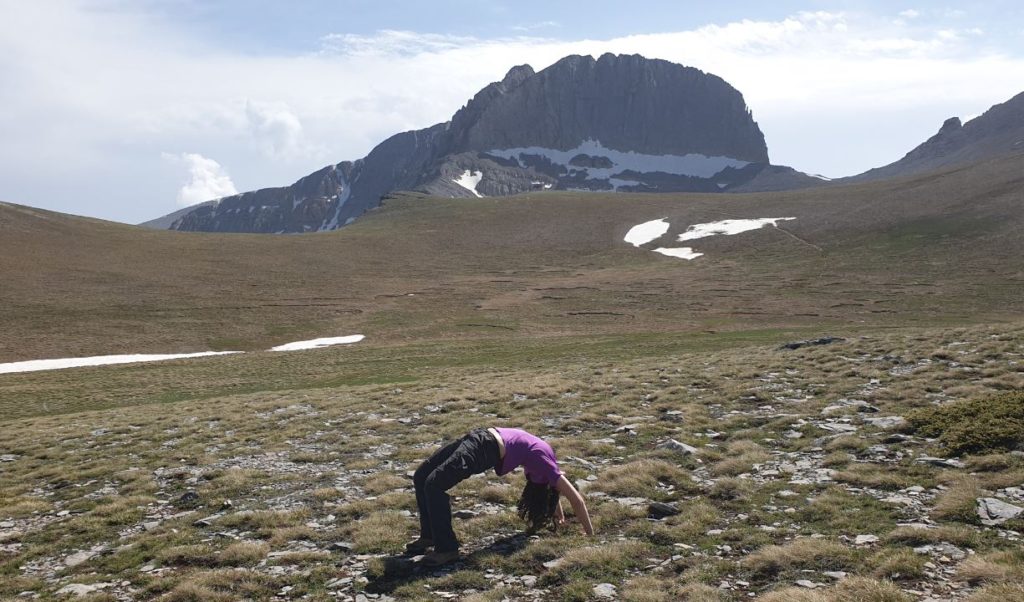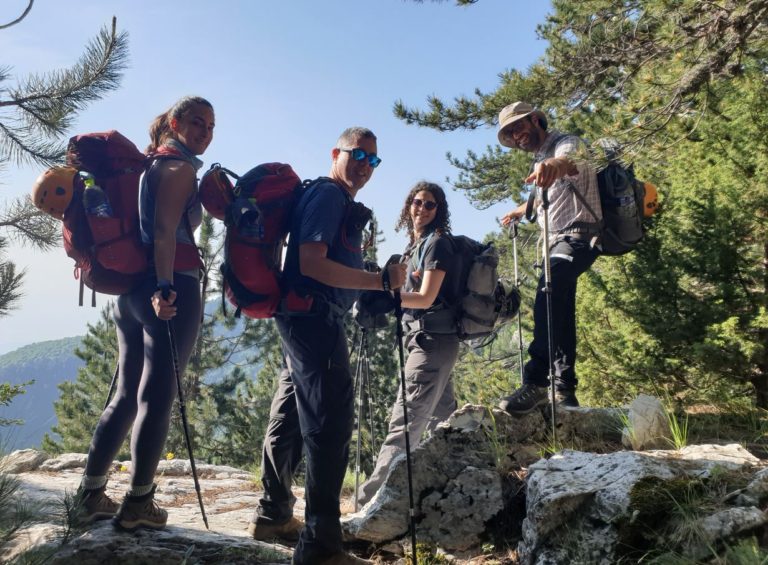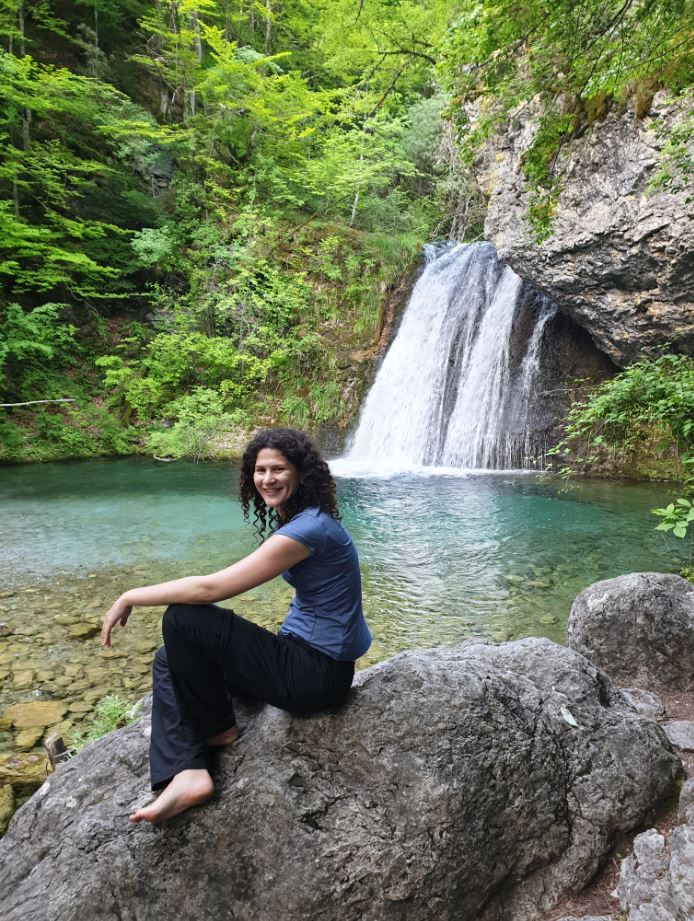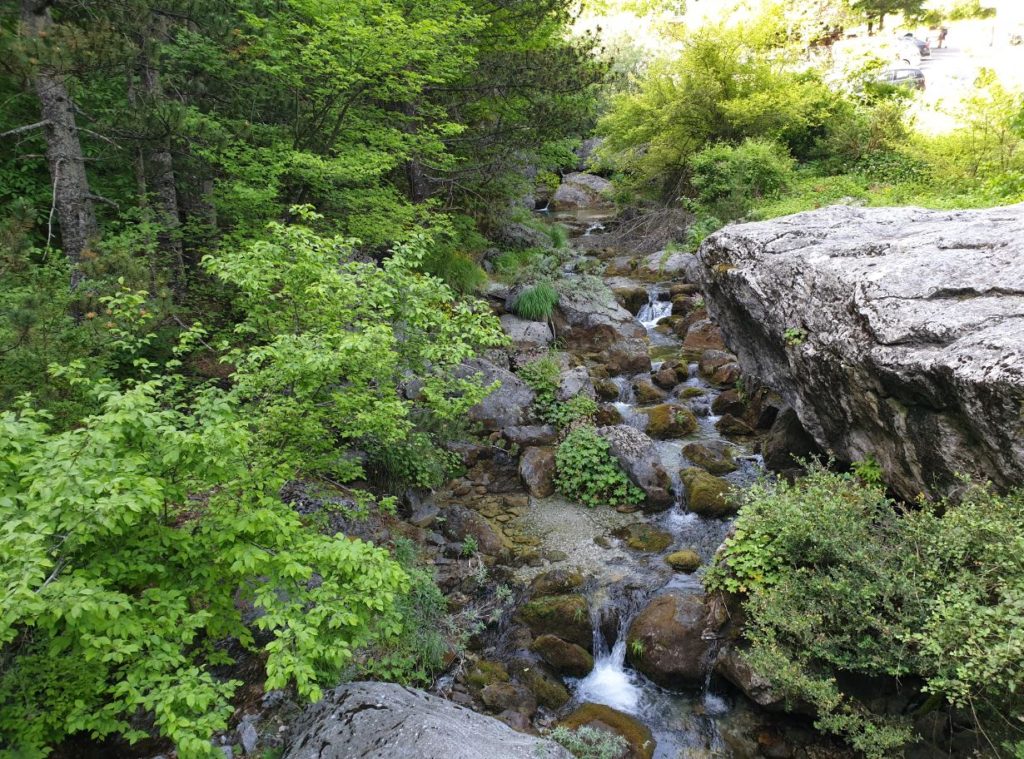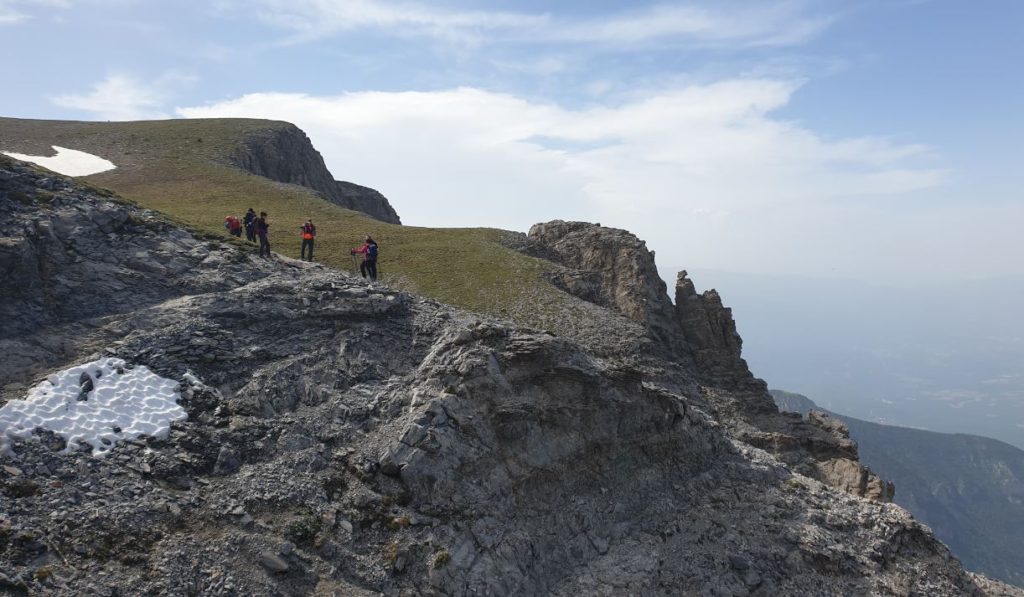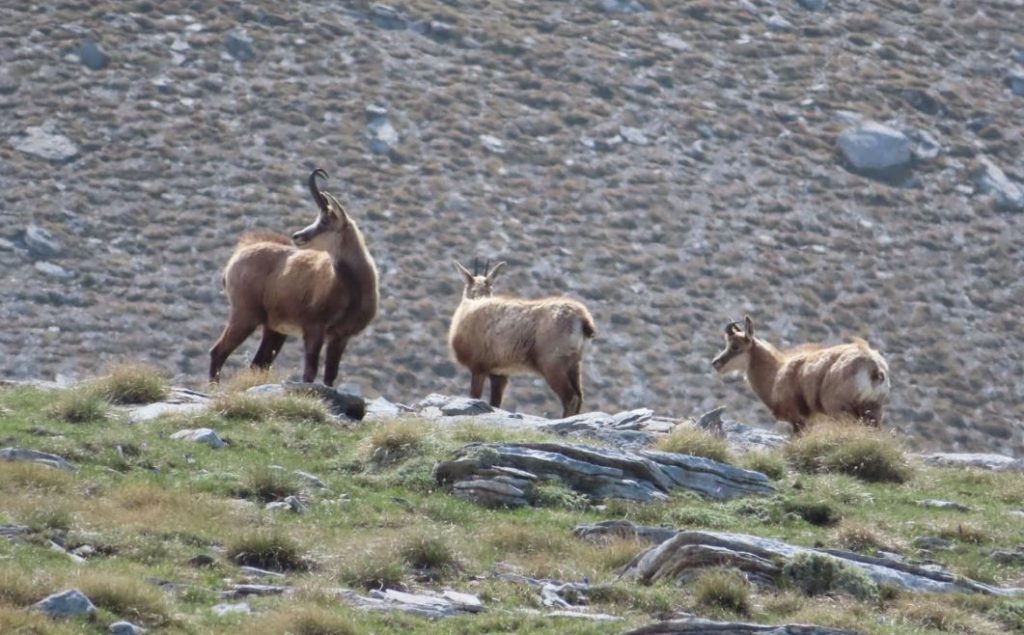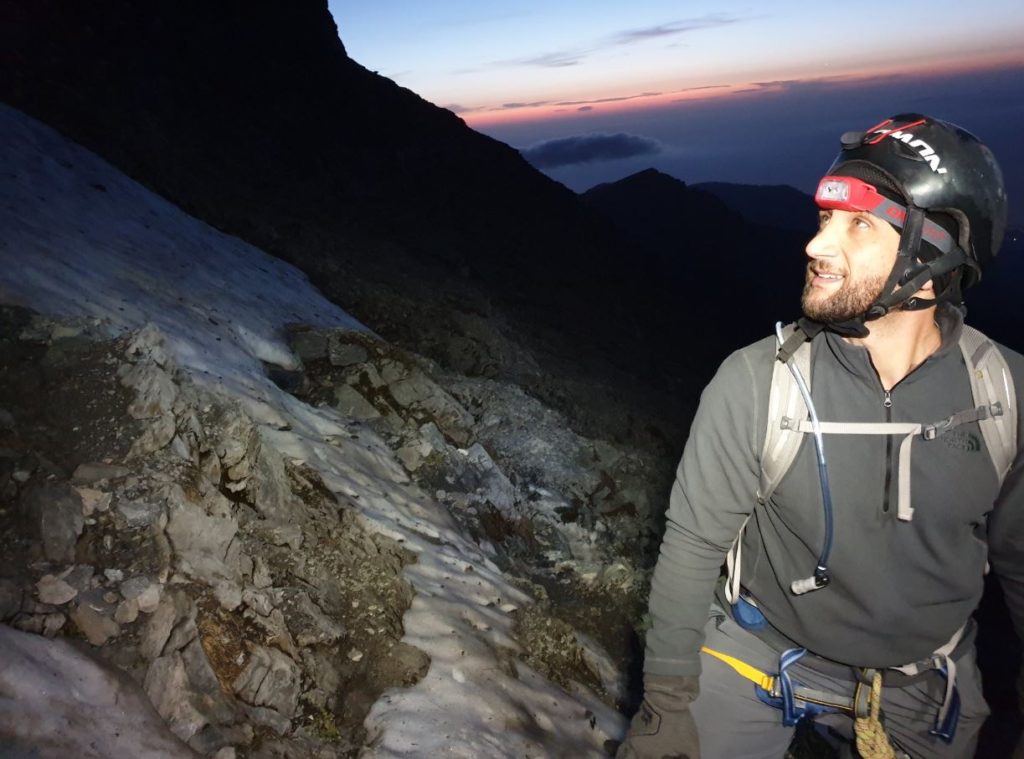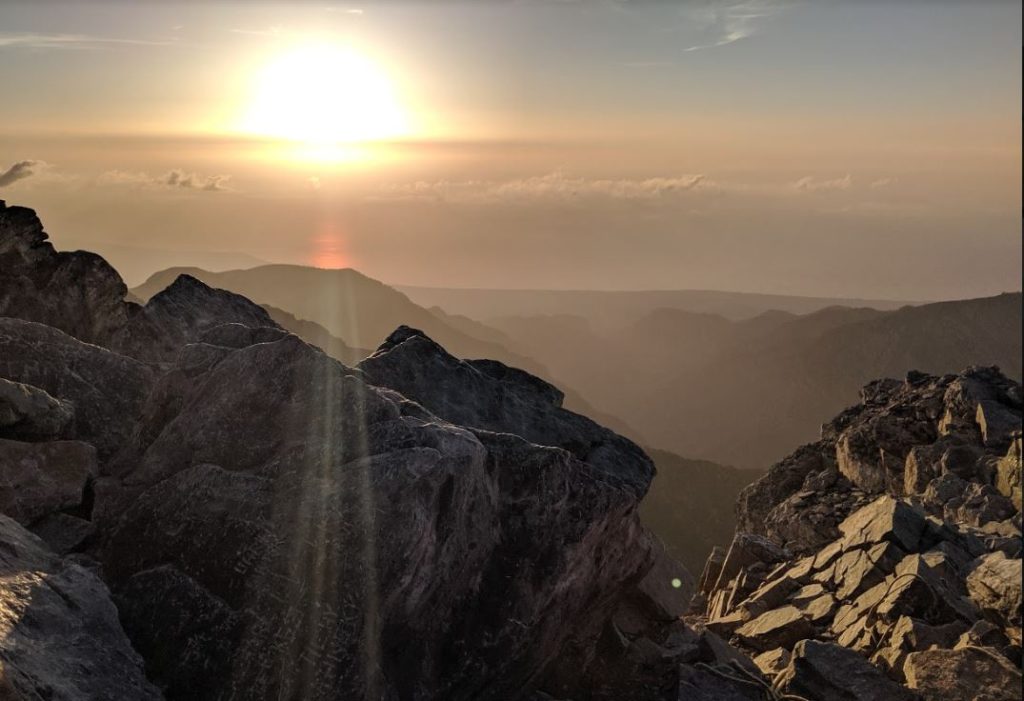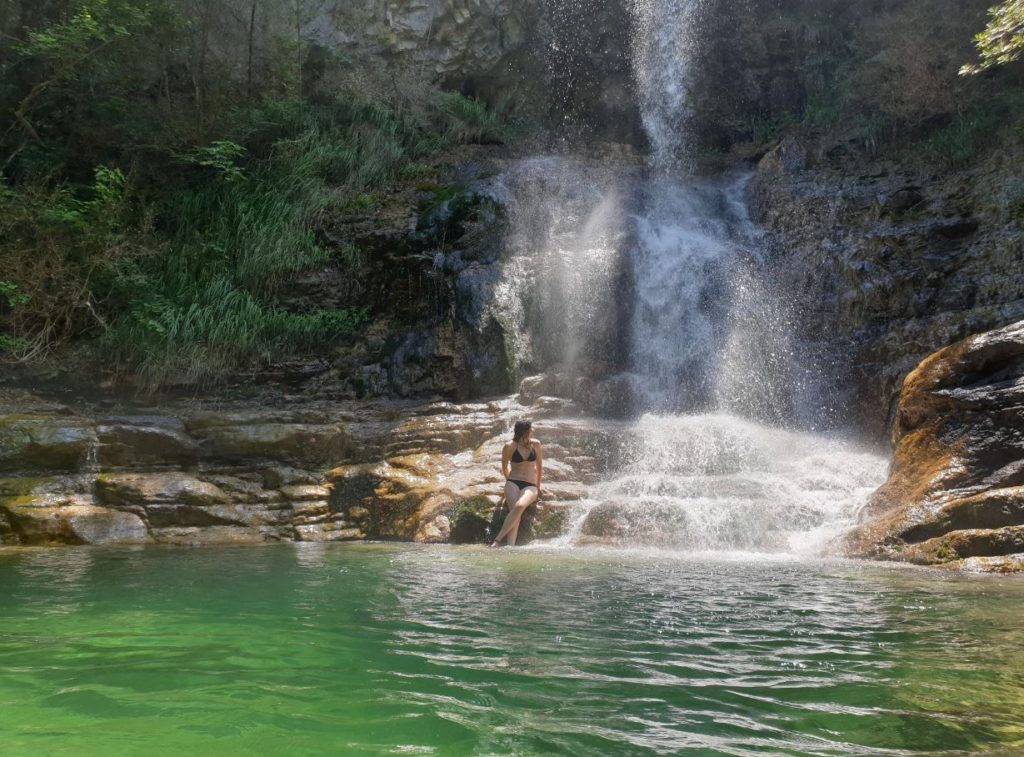When I said I was going to Northern Greece for four days, people asked me where I was going to relax in front of the pool. Well – you could say I did the furthest thing from that: Instead of a vacation on the coast of some other Greek island, I climbed an amazing trek for two and a half days to the summit of Mount Olympus (2917 meters), Greece’s highest point. It was the third time I visited the country, spent a week in Crete and a weekend in Kos, and for a long time I dreamed of getting to northern Greece. And indeed the views here were spectacular and varied in an unimaginable way.
Northern Greece, Olympus Reserve: 2917 meters of beauty
Mount Olympus is the highest mountain in Greece, and according to Greek mythology it is home to the 12 gods (though I have not met them this time …). The mountaineers first climbed to the Mythicas, the highest point in the mountain, only in 1913. Shortly thereafter, the place was declared as Greece’s first nature reserve and to this day there are no paved roads and cleanliness is maintained with impressive maintained. The mountain located just 5 km from the Aegean Sea and the sunrise from it can be seen as the sun rises from the sea, and does not set into it.
The lower part of the reserve is open to car traffic and there are most waterfalls and natural water pools, but the hiking trails leave the road pretty quickly and cut off completely from civilization into the mesmerizing landscape, just like the Everest trek in Nepal.
How do we prepare for a trek in Olympus?
The Olympus trek is a hike between cabins, which means you’ll have to carry all your gear with you, so invest in a high-quality 35-liter backpack, excellent hiking boots, walking sticks and warm clothing. Accommodation and meals during the trek take place in the scattered huts on the road, which is necessary to pre-register (on site) due to a limited amount of places.
If you want to climb to the top of the Mythicas, it is highly recommended to do so with the help of professional climbing instructors. It’s about 200 meters of boulder climbing a steep slope and it’s best not to take the risk and do it alone. To complete the climb you will need at least a full two days of walking to the Mountains, as ascending to the top of the Mythicas is only possible in the early morning and requires a helmet and harness with ropes.
I chose to do this trip with New age trekking, which my blog readers already know that I travel a lot with them in israel. We went on a group of 13 hikers with the israeli Idan Attia, the Greek guide Apostolic and two other local climb guides to the summit itself – and the experience was just wonderful. It’s definitely fun to walk around with a bunch of serious trekkers, most of whom I’ve met on previous trips, and the laughs that those days have brought me a smile even now.
First Day in Northern Greece: Set-up time between the Falls
After a night of packing and making sure the necessity of every gram I put into the backpack, we landed in Thessaloniki at three in the morning and immediately we took the shuttle to the Olympus Reserve. We saw our first sunrise from the sea at the viewpoint Zilnia, which overlooks the Enipeas Canyon that crosses the mountain.
We started with a light and fun hike to the falls, a hike that started in a car park near Monastery of St. Dionysios in Olympus, a trail starts from the building on the side of the creek. In about twenty minutes we reached our first waterfall, blue water and chilled at six degrees temp! But super refreshing. Down the road we entered another lovely pool full of frogs.
We spent the afternoon in the cute village of Litochoro, the village at the foot of the Olympus and near the sea. It’s a cozy Balkan village with lots of hotels, avenues of restaurants and taverns, a church square and plenty of hiking gear shops. Also below the village is the Annipass River, which allows for a pleasant swim between the Plane trees. By the way – in contrast to the pleasant, cool temperature on the mountain, the village of Litochoro was as hot as a regular Greek summer.
Going for a trek: A climb of 1600 meters to the opening
That’s it – the climb begins! After a short drive from the village of Litochoro to a spot called Gruzia at 1100 meters, we embarked on an ambitious climb to the Muses’ Plateau and the night cabin at 2640 meters. The heat was still heavy and I was filled with sweat in the first hour as we walked in a forest of pine trees. Within an hour or so, the landscape became a Mediterranean grove that was very reminiscent of Israel, but that, too, continued for a short time because as we passed the 1500-meter line we entered a coniferous forest and the heat and humidity changed with alpine coolness.
We had lunch at a cabin called Petrostrouga, which we will return to this cabin tomorrow and sleep overnight. The meals here are very similar: there is vegetable soup, bolognese pasta that tastes better in Italy and of course Greek salad with thick slices of feta cheese.
Towards the afternoon we arrived at the “Lamos Knife” a mountain pass crossing a cliff with breathtaking views and soon after we entered the Muses’ Plateau, and then we also met the cheerful mountain goats.
The scenery became at once arid with touches of snow, but still with every peek back I saw the blue sea and above it the forest layer we had just passed.
We spent the night in a hut called Giosos Apostolidis at 2640 meters, near the main Olympus rock block which we will climb the next day. The cabin was very spartan – the room has 16-20 beds, its a toilet hole and the best shower you will do is of snow water from the sink. This is the price for those who want to breathe peaks …
Mountaineering to the top of the Mythicas, the second day of the trek
At four in the morning, we woke up after a night with little sleep, tied to harnesses and to each other and set off to see the sunrise right off the summit. The way to do this was by using the short rope method: The climbing guide (very handsome i must say) leads a group of five hikers associated with them, assuming that if one slides there will be enough people to help him quickly and prevent the fall. As the slope became steeper, there were several iron rings to which it was attached to the shackle, iron ring. Walking the ropes was comfortable and intuitive, although climbing was challenging and I had to use my hands and feet constantly to lift myself and keep up with my quintet. Of course the finale was amazing: the Olympics summit is a small area but the view from it is breathtaking and the excitement that “I did it” was incredible.
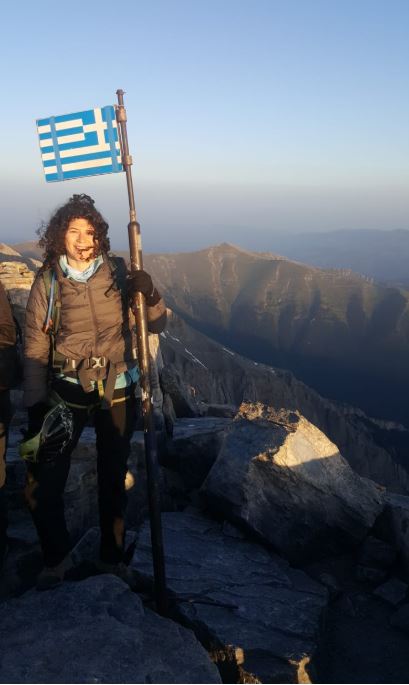
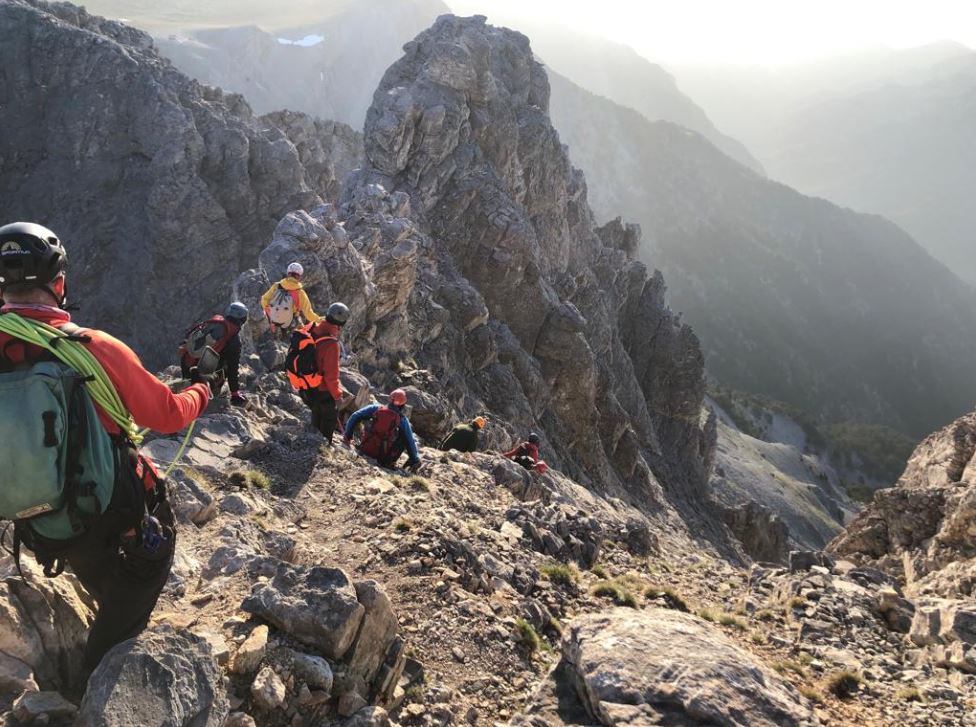
Time to get off the Olympus ...
The descent from Olympus was done the same way, but was challenging in its own way. After finishing the Boulders section, we disconnected from the ropes and each other and went back for a short rest in the cabin where we slept. From there we started a descent from the Muses’ Plateau to a new 15km trail on the way to the Petrostrouga cabin.
We had lunch at a cabin called Spilios Agapitos, which is the largest cabin in the reserve and even had (frozen) showers. By the way – many of the travelers choose to do this night’s hut and climb up to the top of the Mythicas in the morning without seeing it at sunrise.
It was the longest day in terms of walking hours in the trek, and when we got back to the Petrostrouga cabin I felt that I had honestly earned the spongy Bolognese waiting for me there.


Orleans Mall and a refreshing swim to end - the last day of the trek
The third day of the trek was on a downward trend. As we went down the heat rose and as we got closer to the road area in the reserve the visitors around us increased. I quickly understood why we were getting crowded: they all come straight to the breathtaking waterfalls of the Aurillas Canyon that crosses the Olympus and provides clear water and a variety of swimming pools.
At the last hour of the trek we arrived at a magical waterfall that wasn’t even as cold as that of the Annipas Creek, and at the end of the trek we built for vehicles, we folded our walking sticks and proceeded to a Greek tavern in Thessaloniki.
What else should you know about the Olympics trek?
It is very important to pay attention to the weather and to know that the proximity to the sea causes unexpected changes and possible rainfall. The trek is possible without close guidance, but the trail markings are unclear and there are not many people in the reserve to help, so it is very important to have a map of the reserve and look for a guide to guide you through the trails.
You can buy water at any cabin along the trek, but there are hardly any places to fill up for free. Luckily the prices of food, coffee and beer are cheap and fair so it does not burden the costs.
The cost of the trek at the new age trekking company was € 790 and that included training, climbing guides, meals and lodging in cabins. I bought the flight to Thessaloniki separately.

